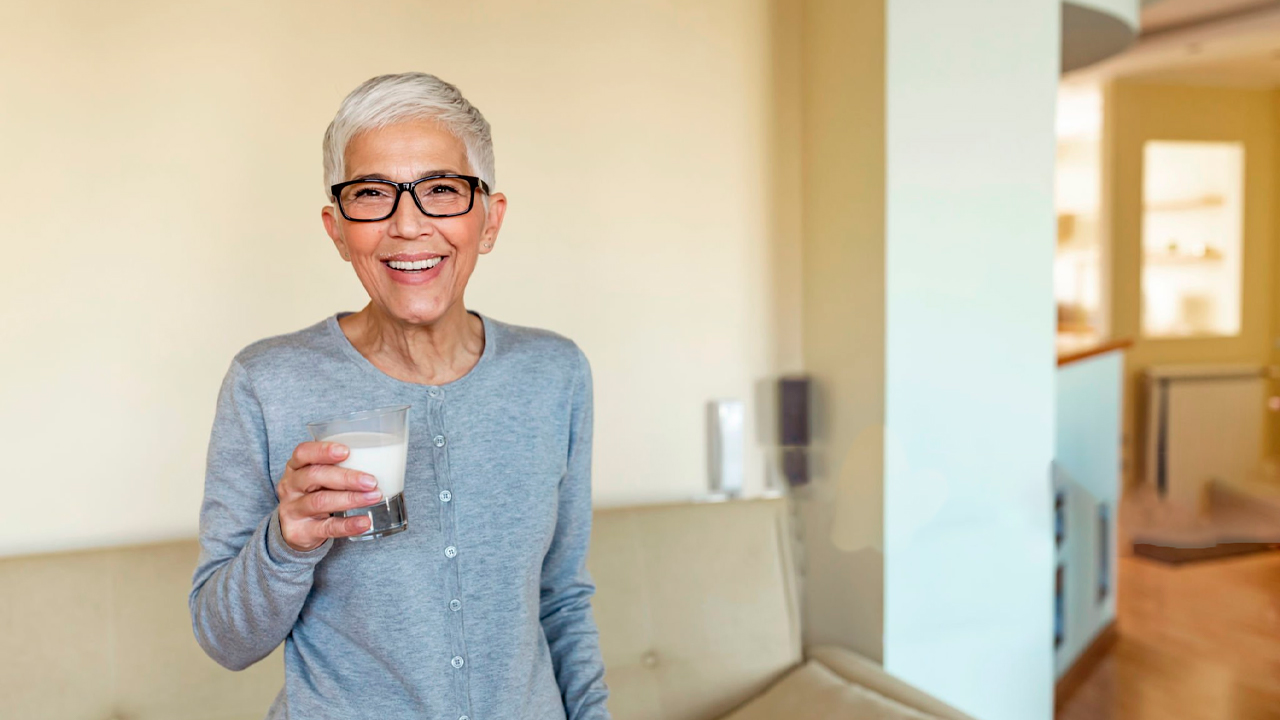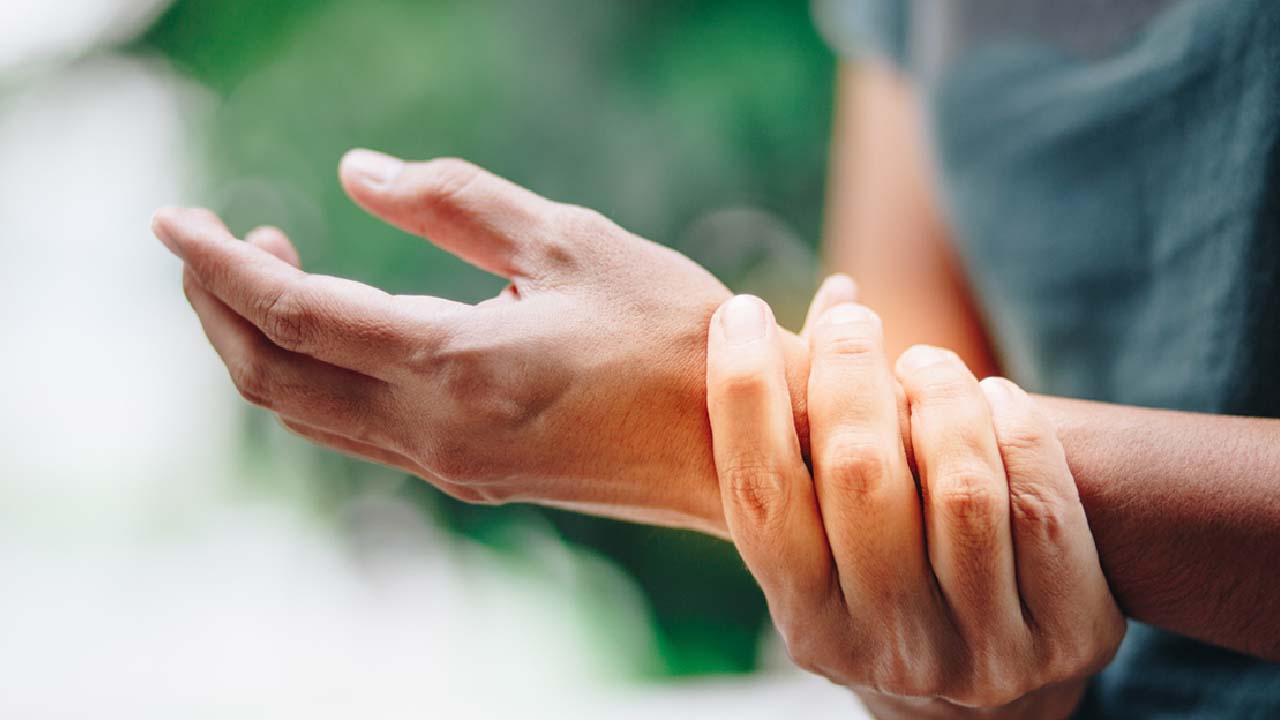NYON, Switzerland, Oct. 20, 2020 /PRNewswire/ -- Today, the International Osteoporosis Foundation (IOF) calls for all adults to be alert to their risk factors for osteoporosis, a disease which can lead to a dangerous, life-threatening spiral of broken bones.
A broken bone (known as a fracture) which occurs following a minor fall in adults aged over 50 years is usually a signal of underlying osteoporosis. After such a fracture - often at the wrist, spine or hip - the risk of having more fractures is very high within the next two years.
Osteoporosis causes bones to become weak and fragile, leaving people at risk of painful and debilitating fractures which too often result in long-term disability and loss of independence. An osteoporosis-related fracture can occur after a minor fall from standing height, or simply from bending to lift a grocery bag. Worldwide, up to one in two women and one in five men aged fifty years or over will be affected by osteoporosis-related fractures in their remaining lifetimes.
Other important risk factors for osteoporosis-related fractures include height loss of more than 4 cm (ca 1.5 inches); long-term use of glucocorticoids ('steroids' to treat inflammation); parental history of hip fracture, being underweight; smoking; excessive alcohol intake; and early menopause, among other factors.
IOF urges adults aged over 50 to take the IOF Osteoporosis-Risk-Check (in 36 languages) at https://riskcheck.osteoporosis.foundation/. If risk factors are identified, it is important to ask for a bone health assessment which may include a Fracture Risk Assessment (FRAX) to estimate 10-year risk of a future fracture.
IOF President Professor Cyrus Cooper stated:
"Given the serious, life-changing impact of fractures, particularly at the hip and spine, it is essential that all adults above 50 years of age be alert to their potential risk factors for osteoporosis. Timely testing and treatment are crucial as effective treatments are able to reduce the risk of fractures by 30 to 70%."
Early management of osteoporosis can prevent much needless suffering and loss of independence. After a hip fracture approximately 40% of patients are unable to walk independently, some 60% require assistance and 33% may be dependent or in a nursing home in the year following the fracture.
Dependence places a heavy burden on both patients and family caregivers, with the burden falling disproportionately on women. A Spanish study of informal caregivers for hip fracture patients found that 77% were women, of which 55% were the patients' daughters.
Professor Cooper added:
"As a disease osteoporosis suffers from dangerous neglect. Despite its enormous burden to patients and their families, approximately 80% of even the most high risk patients who have already fractured are not receiving treatment. Through its Capture the Fracture® initiative, IOF champions the implementation of Post-Fracture Care Coordination Programmes in hospitals worldwide. Such services ensure that patients with fractures are correctly assessed and treated to minimise the risk of experiencing a further fracture, aspects of care that should be requested by anyone who suffers a fracture in older age. We urge health authorities to prioritise bone health and ensure effective post fracture care for all older adults who have sustained fractures. This is the key to reducing the burden of osteoporosis-related fractures on patients, their families and societies around the world."

 A broken bone (known as a fracture) which occurs following a minor fall in adults aged over 50 years is usually a signal of underlying osteoporosis.
A broken bone (known as a fracture) which occurs following a minor fall in adults aged over 50 years is usually a signal of underlying osteoporosis. 



















.jpeg)

.jpeg)










.jpg)




.jpg)

